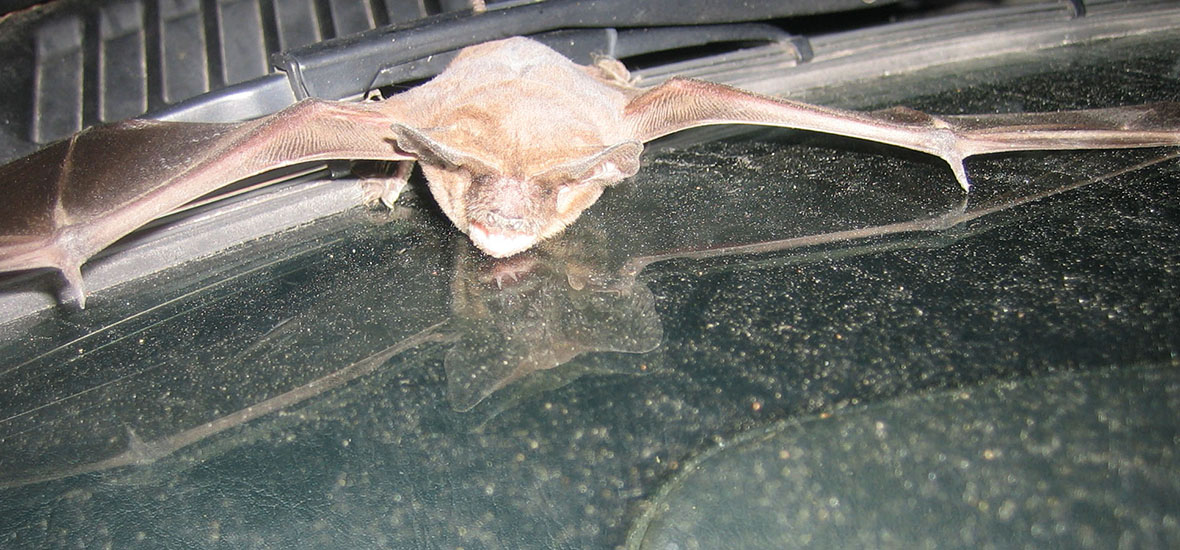- info@Salempestanimal.com
Call 24/7 for a free quote:
503-664-3934
All the Salem Bat Diseases That Can be Transmitted to Humans!
With regards to the ability to transmit zoonotic diseases, not a lot of wild creatures can match Salem bats. They are possible carriers of at least 60 types of diseases that can be transmitted to human. They are also a host of several viruses. It seems that there is something different with this mammal that allows them to be the reservoir of different infections. While they are indeed beneficial to our environment, it is still advisable to minimize the interaction with them to avoid contracting illness.

Different Diseases that Can Be Acquired Through Bats
People who are not properly vaccinated should not have a physical contact with Oregon bats. In case you encountered abandoned, injured, or sick bats, you should call the help of the professional rehabilitator and maintain stay away from them.
ABLV (Australian Bat Lyssavirus)
Humans can be infected with this virus when they come in contact with the saliva of the infected bat. ABLV has a striking similarity with the rabies virus and it is also fatal. Fortunately, there are only small amount of cases documented and all of them are discovered in Australia. In order to avoid contracting this disease, you should avoid touching the bat with your bare hands. In case you have been bitten by a bat, seeking medical attention immediately is encouraged.
Histoplasmosis
This is an infection that targets our lungs. Apart from humans, our Salem pets, rats, horses, and cattle can be affected with the virus. The infected bats will release the fungus together with their droppings. Once we accidentally inhale the fungus, we can be infected with the disease. People who are working close to their roosting ground are highly exposed to this disease. In case you are cleaning the feces of the bats, it is advisable to spray some water to prevent the fungus from being airborne. You should also wear face masks with HEPA filter.
Leptospirosis
This is a virus that is transmitted through the urine of the infected creature such as rodents and Oregon bats. In some cases, Leptospirosis can be deadly. Cattle and rodents are the primary carrier of this disease but the bats can also carry the infection. Leptospirosis can be acquired by human who have direct contact with the bacteria, for instance the meat workers, farmers, and veterinarians. The best way to prevent it is to avoid having a direct contact with their urine if you have broken skin.
Salmonella
Bacteria that may cause gastroenteritis such as Salmonella can be found in the droppings of the Oregon bats. There are also cases when people can acquire these bacteria when they eat raw or undercooked food. In case our water and food source has been contaminated with their feces, the possibility of having Salmonellosis is extremely high. Children are highly at risk since they often put different things in their mouth.
Once you notice the first sign of infestation, you need to seek the help of the Salem professional to find the best solution for your problem. This will help you avoid the zoonotic diseases that the bat may carry.
Visit our Salem wildlife removal home page to learn more about us.

